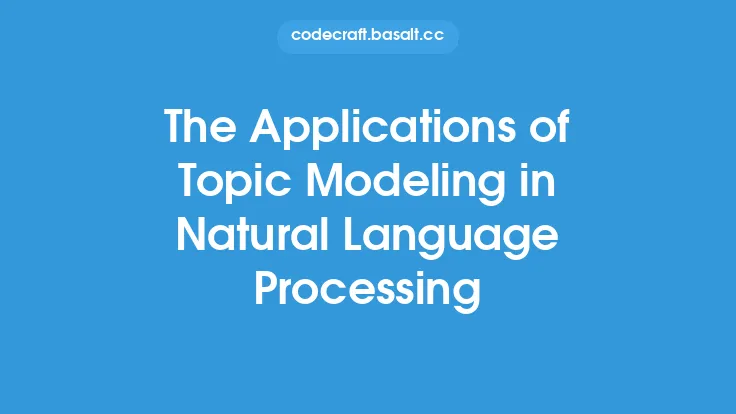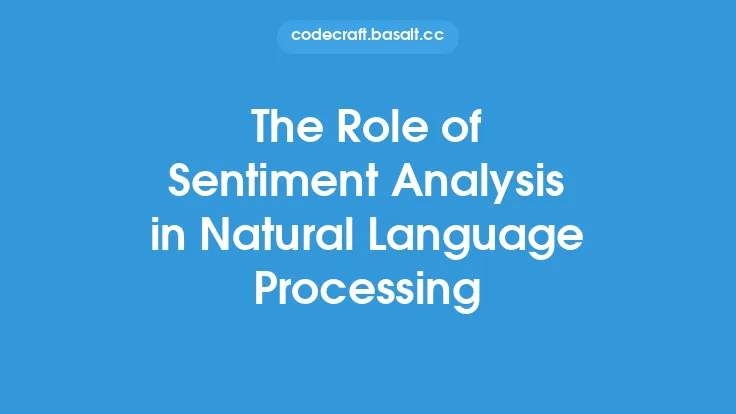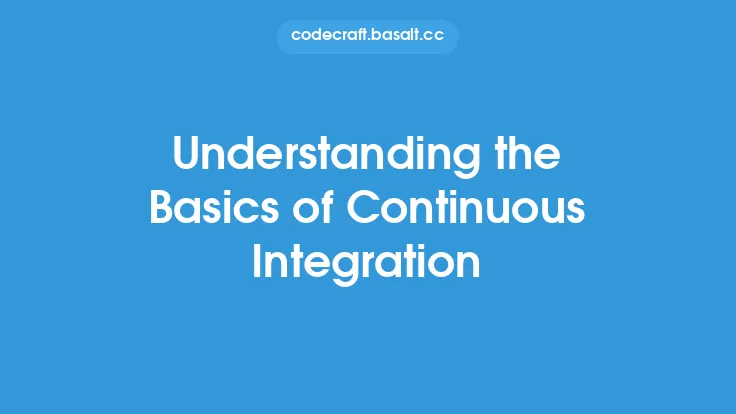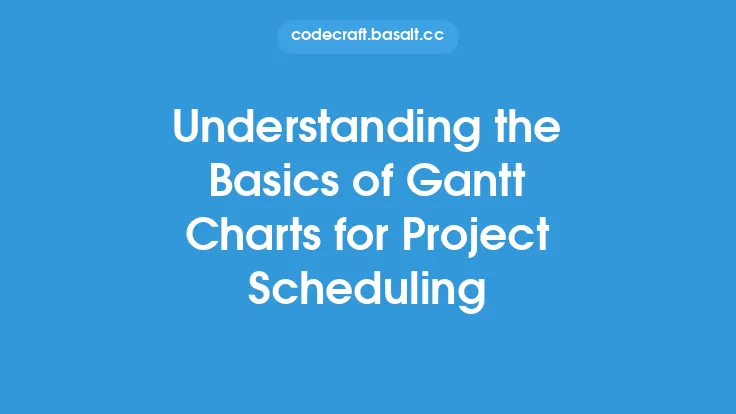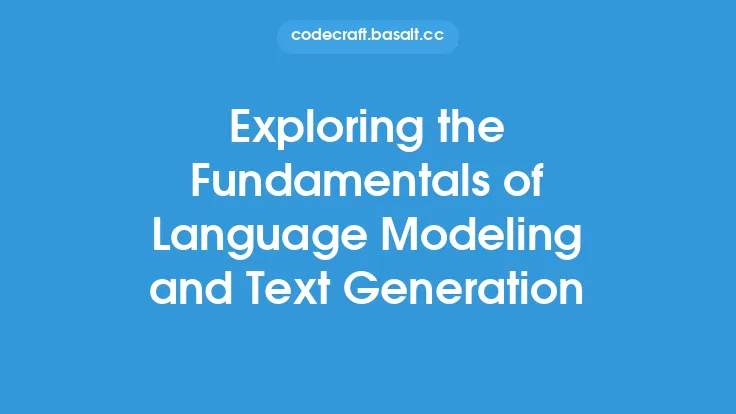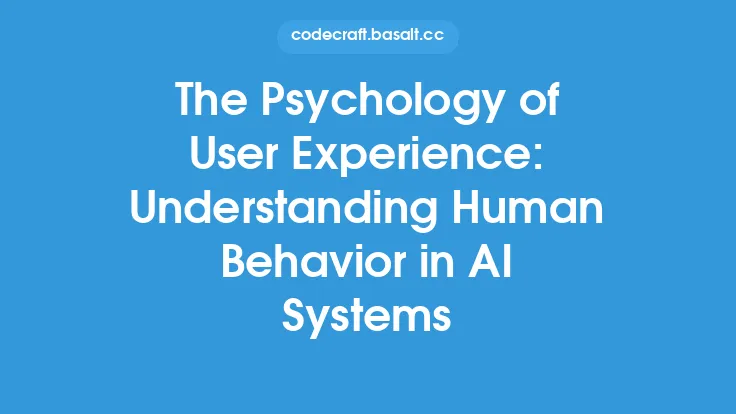Natural Language Processing (NLP) is a subfield of Artificial Intelligence (AI) that deals with the interaction between computers and humans in natural language. It involves the development of algorithms, statistical models, and machine learning techniques to enable computers to process, understand, and generate natural language data. One of the fundamental steps in NLP is tokenization, which is the process of breaking down text into individual words or tokens. In this article, we will delve into the basics of tokenization in NLP, its importance, and its applications.
What is Tokenization?
Tokenization is the process of splitting text into individual words or tokens. It is a crucial step in NLP as it allows computers to understand the structure and meaning of text. Tokenization can be performed at different levels, including word-level, subword-level, and character-level. Word-level tokenization involves splitting text into individual words, while subword-level tokenization involves splitting words into subwords or word pieces. Character-level tokenization involves splitting text into individual characters.
Types of Tokenization
There are several types of tokenization, including:
- Word-level tokenization: This involves splitting text into individual words. For example, the sentence "This is an example sentence" would be tokenized into ["This", "is", "an", "example", "sentence"].
- Subword-level tokenization: This involves splitting words into subwords or word pieces. For example, the word "unbreakable" would be tokenized into ["un", "break", "able"].
- Character-level tokenization: This involves splitting text into individual characters. For example, the sentence "Hello World" would be tokenized into ["H", "e", "l", "l", "o", " ", "W", "o", "r", "l", "d"].
Tokenization Techniques
There are several tokenization techniques, including:
- Rule-based tokenization: This involves using predefined rules to split text into tokens. For example, splitting text into words based on spaces or punctuation.
- Statistical tokenization: This involves using statistical models to split text into tokens. For example, using machine learning algorithms to learn the patterns and structures of language.
- Hybrid tokenization: This involves combining rule-based and statistical tokenization techniques.
Challenges in Tokenization
Tokenization can be challenging due to the complexity and variability of natural language. Some of the challenges in tokenization include:
- Ambiguity: Words can have multiple meanings, making it difficult to determine the correct tokenization.
- Homophones: Words that sound the same but have different meanings can make tokenization challenging.
- Out-of-vocabulary words: Words that are not in the vocabulary of the tokenization model can make tokenization difficult.
- Language-specific challenges: Different languages have different grammatical structures, punctuation, and spelling conventions, making tokenization challenging.
Applications of Tokenization
Tokenization has a wide range of applications in NLP, including:
- Text classification: Tokenization is used to split text into individual words or tokens, which are then used to train machine learning models for text classification tasks such as sentiment analysis or spam detection.
- Language modeling: Tokenization is used to split text into individual words or tokens, which are then used to train language models that can generate text or predict the next word in a sequence.
- Information retrieval: Tokenization is used to split text into individual words or tokens, which are then used to index and retrieve documents in search engines.
- Machine translation: Tokenization is used to split text into individual words or tokens, which are then translated into another language.
Tools and Techniques for Tokenization
There are several tools and techniques available for tokenization, including:
- NLTK: The Natural Language Toolkit (NLTK) is a popular Python library for NLP that includes tools for tokenization.
- spaCy: spaCy is a modern Python library for NLP that includes high-performance, streamlined processing of text data, including tokenization.
- Stanford CoreNLP: Stanford CoreNLP is a Java library for NLP that includes tools for tokenization, part-of-speech tagging, named entity recognition, and sentiment analysis.
- Gensim: Gensim is a Python library for topic modeling and document similarity analysis that includes tools for tokenization.
Best Practices for Tokenization
There are several best practices for tokenization, including:
- Using pre-trained models: Pre-trained models can be used to improve the accuracy of tokenization.
- Using domain-specific models: Domain-specific models can be used to improve the accuracy of tokenization in specific domains such as medicine or law.
- Handling out-of-vocabulary words: Out-of-vocabulary words can be handled using techniques such as subword modeling or character-level modeling.
- Evaluating tokenization models: Tokenization models should be evaluated using metrics such as accuracy, precision, and recall to ensure that they are performing well.
